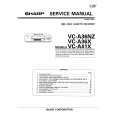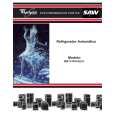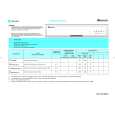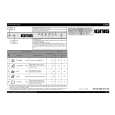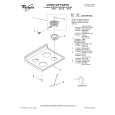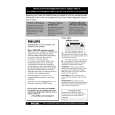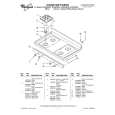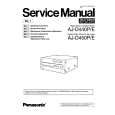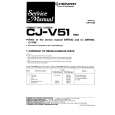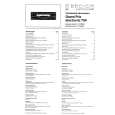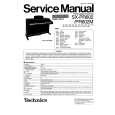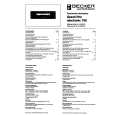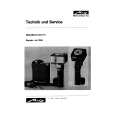|
|
|
Kategorie
|
|
Informacje
|
|
Polecamy
|
|
|
 |
|
|
Dla tego produktu nie napisano jeszcze recenzji!
 ;
Schematy są ale można wysilić się i zrobić kolorowy skan i o większej rozdzielczości. Wtedy schematy płytek będą czytelniejsze. Całość super jako wartość merytoryczna. Wszystkie dane potrzebne do podłączenia różnego rodzajów urządzeń takich gramofon, CD itd.
 ;
Szybko, sprawnie i tanio. Serwis godny polecenia. Będę polecał innym
 ;
Ogólnie jest OK, z wyjątkiem obrazu płyty głównej, który jest miejscami mało czytelny, ale można sobie poradzić.
 ;
Dokładna dokumentacja, pomogła w szybkiej naprawie telewizora. Dziękuję!
 ;
jedyne do czego mogę mieć zastrzeżenie to jakość zdjęć zawartych w przesłanej instrukcji serwisowej ponieważ są fatalnej jakości, praktycznie nieczytelne. tak poza tym jestem zadowolony to jest to czego szukałem.
When the power transistor turns off and a voltage higher than VTH2 is applied to the INH terminal, C3 immediately discharges and then starts charging again. Even after the discharge of energy of a secondary winding is completed, VINH does not immediately increases. When it gets lower than VTH1, the transistor turns on. Stand-By Mode While being in remote control stand-by mode, the output voltage is kept on providing to the secondary side and the power transistor operates at A class mode. By connecting INH terminal (Pin 6) to the GND, the OFF-time of the power transistor is fixed at set time ( T OFF = 50usec at Ta = 25 ) of the built-in oscillator, and only ON-time changes depending on input and output conditions of the power supply. Therefore, it enables to hold an oscillation frequency in light mode below 20KHz (typical). (4) Drive circuit The STR-S5707 applies the proportional drive system in order to minimize turn-on and saturation loss, and storage time. (5) OCP (over-current protection) function Over-current protection is performed pulse by pulse by directly detecting collector current of the power transistor. Detecting voltage is set to -1V below a reference point of GND (ground). (6) Latch circuit It is a circuit which sustains an output from the oscillator low and stops operation of the power supply when over-voltage protection (OVP) circuit and thermal shutdown (TSD) circuit are in operation. As the sustaining current of the latch circuit is 500 A maximum when VIN terminal voltage is 4V, the power supply circuit sustains the off state as long as current of 500 A minimum flows to VIN terminal from a start-up resistor. In order to prevent a malfunction to be caused by a noise and so on, delay time is provided by C1 incorporated in the IC and, therefore, the latch circuit operates when the OVP or TSD circuit is in operation, or an external signal input is provided for about 10 sec or longer. In addition, even after the latch circuit start operating, the constant voltage regulator (Reg) circuit is in operation and the circuit current is at high level. As a result, VIN terminal voltage rapidly decreases. When VIN terminal voltage becomes lower than the shutdown voltage, VIN(OFF) (4.9V typical), it starts increasing as the circuit current is below 500 A. When it reaches the ON-state voltage, VIN (ON) (8V typical), VIN terminal voltage starts decreasing because the circuit current increases again. When the latch circuit is on, VIN terminal voltage increases and decreases within the range from 4.9V typical to 8V typical and is prevented from abnormally rising. Cancellation of the latch is done by decreasing VIN terminal voltage below 3.3V. The power supply can be restarted after disconnecting an AC input to the power supply once.
(7) Thermal shutdown circuit It is a circuit to trigger the latch circuit when the frame temperature of the IC exceeds 150 (typical). Although the temperature is actually sensed at the control chip, it works against overheating of the power transistor as the power transistor and the control IC are mounted on the same lead frame. (8) Over-voltage protection circuit It is a circuit to trigger the latch circuit when VIN terminal voltage exceeds 11V (typical). 38
|
|
 |
> |
|


